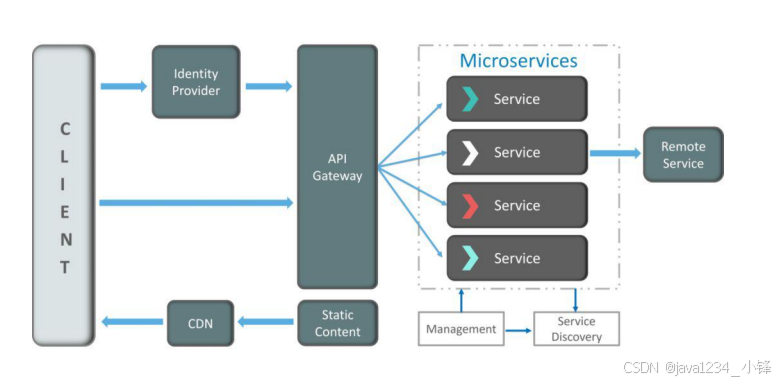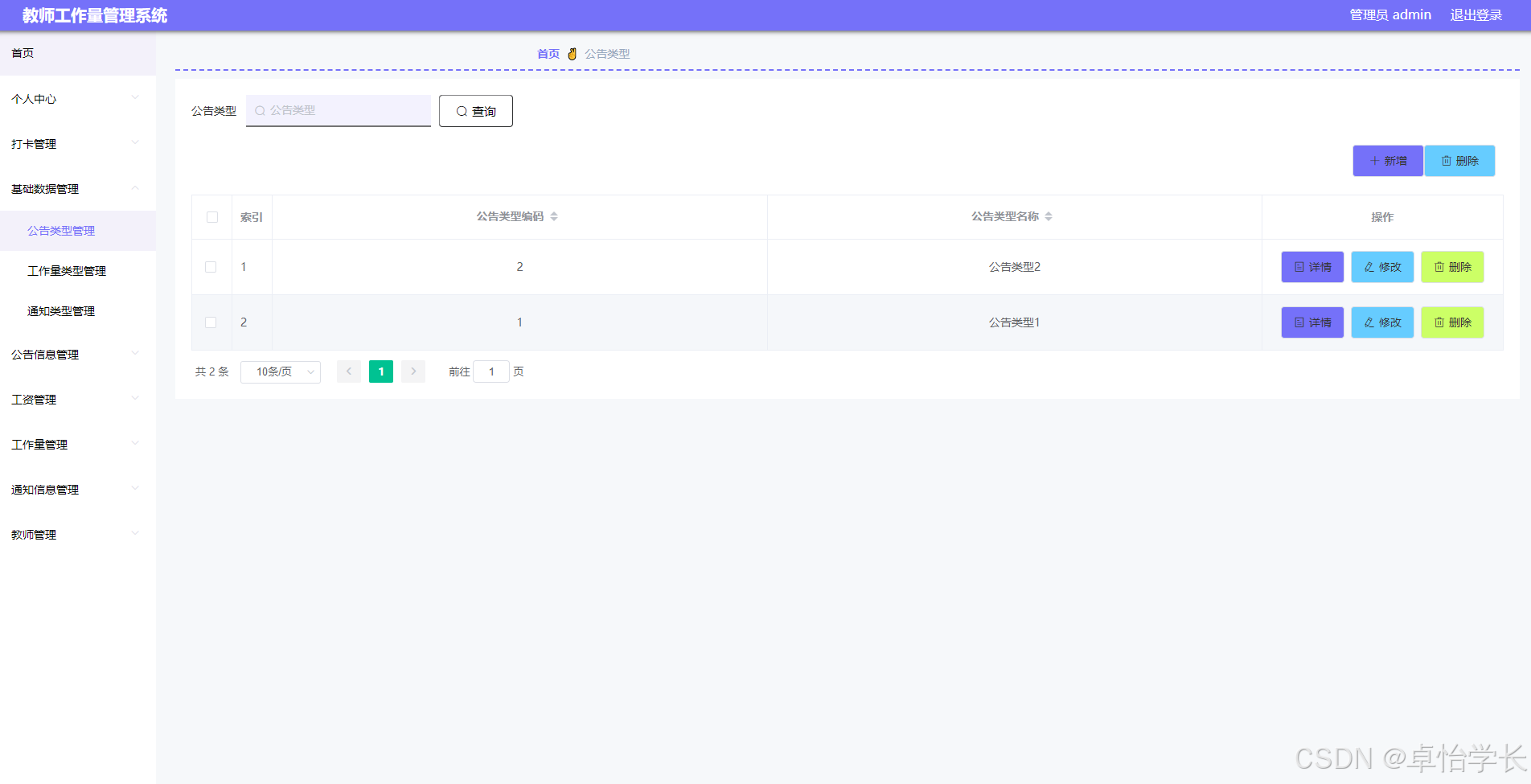1. 引入
TinyZero(参考1)是伯克利的博士生复现DeepSeek-R1-Zero的代码参仓库,他使用veRL来运行RL强化学习方法,对qwen2.5的0.5B、1.5B、3B等模型进行训练,在一个数字游戏数据集上,达到了较好的推理效果。
下面解读源码中的关键训练逻辑细节。
2. 训练过程
- 原始数据
原始数据来自参考2,一共490k条数据,数据中只有两个字段,格式如下:
{
"nums": [ 95, 11, 56 ],
"target":28
}
这是一个数字游戏,要求对nums中的数据,进行基础数学运算(+, -, *, /),每个数字只能用一次,最终结果等于target的值。比如上例子,95-11-56=28。
- 数据处理
具体源码见参考3,下文仅仅解析关键步骤:
(1)训练集和测试集大小
默认值如下:
parser.add_argument('--train_size', type=int, default=327680)
parser.add_argument('--test_size', type=int, default=1024)
(2)对原始数据添加提示词
下面的dp就是一条原始数据(参考2.1例子):
def make_prefix(dp, template_type):
target = dp['target']# 取出目标
numbers = dp['nums']# 取出数字
# 对于默认模型加的提示词如下
if template_type == 'base':
"""This works for any base model"""
prefix = f"""A conversation between User and Assistant. The user asks a question, and the Assistant solves it. The assistant first thinks about the reasoning process in the mind and then provides the user with the answer.
User: Using the numbers {numbers}, create an equation that equals {target}. You can use basic arithmetic operations (+, -, *, /) and each number can only be used once. Show your work in <think> </think> tags. And return the final answer in <answer> </answer> tags, for example <answer> (1 + 2) / 3 </answer>.
Assistant: Let me solve this step by step.
<think>"""
# 对于qwen-instruct模型加的提示词如下
elif template_type == 'qwen-instruct':
"""This works for Qwen Instruct Models"""
prefix = f"""<|im_start|>system\nYou are a helpful assistant. You first thinks about the reasoning process in the mind and then provides the user with the answer.<|im_end|>\n<|im_start|>user\n Using the numbers {numbers}, create an equation that equals {target}. You can use basic arithmetic operations (+, -, *, /) and each number can only be used once. Show your work in <think> </think> tags. And return the final answer in <answer> </answer> tags, for example <answer> (1 + 2) / 3 </answer>.<|im_end|>\n<|im_start|>assistant\nLet me solve this step by step.\n<think>"""
return prefix
(3)对数据进行完整的处理,增加提示词与reward等数据
如下函数中的example就是一条原始数据(参考2.1例子)。
def process_fn(example, idx):
question = make_prefix(example, template_type=args.template_type) # 增加提示词,见2.2.2
solution = {
"target": example['target'],
"numbers": example['nums']
}
data = {
"data_source": data_source, # 任务名称,默认为'countdown'
"prompt": [{
"role": "user",
"content": question, # 带有提示词的问题
}],
"ability": "math",
"reward_model": {
"style": "rule",
"ground_truth": solution # 含有nums和target
},
"extra_info": {
'split': split,
'index': idx,
}
}
return data
最终数据为含有prompt和reward_model等字段的json结构。
- 训练
从参考4的训练代码中,摘取部分配置如下:
python3 -m verl.trainer.main_ppo \
data.train_files=$DATA_DIR/train.parquet \
data.val_files=$DATA_DIR/test.parquet \
data.train_batch_size=256 \
data.val_batch_size=1312 \
data.max_prompt_length=256 \
data.max_response_length=1024 \
actor_rollout_ref.model.path=$BASE_MODEL \
actor_rollout_ref.actor.optim.lr=1e-6 \
actor_rollout_ref.actor.ppo_mini_batch_size=128 \
actor_rollout_ref.actor.ppo_micro_batch_size=8 \
actor_rollout_ref.rollout.log_prob_micro_batch_size=8 \
actor_rollout_ref.rollout.tensor_model_parallel_size=$ROLLOUT_TP_SIZE \
actor_rollout_ref.rollout.gpu_memory_utilization=0.4 \
actor_rollout_ref.ref.log_prob_micro_batch_size=4 \
critic.optim.lr=1e-5 \
critic.model.path=$BASE_MODEL \
critic.ppo_micro_batch_size=8 \
algorithm.kl_ctrl.kl_coef=0.001 \
trainer.logger=['wandb'] \
+trainer.val_before_train=False \
trainer.default_hdfs_dir=null \
trainer.n_gpus_per_node=$N_GPUS \
trainer.nnodes=1 \
trainer.save_freq=100 \
trainer.test_freq=100 \
trainer.project_name=TinyZero \
trainer.experiment_name=$EXPERIMENT_NAME \
trainer.total_epochs=15 2>&1 | tee verl_demo.log
这条命令是一个典型的 Python 脚本调用,用于训练一个基于 PPO(Proximal Policy Optimization) 算法的模型。
用veRL进行训练(参考5),需要指定 数据、模型、超参数:
(1)数据相关配置
data.train_files=$DATA_DIR/train.parquet:指定训练数据文件路径(Parquet 格式)。
data.val_files=$DATA_DIR/test.parquet:指定验证数据文件路径。
data.train_batch_size=256:训练时的批量大小(batch size)。
data.val_batch_size=1312:验证时的批量大小。
data.max_prompt_length=256:输入提示(prompt)的最大长度。
data.max_response_length=1024:生成响应(response)的最大长度。
(2)Actor 模型配置
actor_rollout_ref.model.path=$BASE_MODEL:指定 Actor 模型的预训练权重路径。
actor_rollout_ref.actor.optim.lr=1e-6:Actor 模型的学习率。
actor_rollout_ref.actor.ppo_mini_batch_size=128:PPO 算法中 Actor 的 mini-batch 大小。
actor_rollout_ref.actor.ppo_micro_batch_size=8:PPO 算法中 Actor 的 micro-batch 大小。
actor_rollout_ref.rollout.log_prob_micro_batch_size=8:Rollout 阶段计算 log probability 的 micro-batch 大小。
actor_rollout_ref.rollout.tensor_model_parallel_size=$ROLLOUT_TP_SIZE:Rollout 阶段的张量并行大小(用于分布式训练)。
actor_rollout_ref.rollout.gpu_memory_utilization=0.4:Rollout 阶段的 GPU 内存利用率。
actor_rollout_ref.ref.log_prob_micro_batch_size=4:参考模型(ref model)计算 log probability 的 micro-batch 大小。
(3)Critic 模型配置
critic.optim.lr=1e-5:Critic 模型的学习率。
critic.model.path=$BASE_MODEL:指定 Critic 模型的预训练权重路径。
critic.ppo_micro_batch_size=8:PPO 算法中 Critic 的 micro-batch 大小。
(4)算法配置
algorithm.kl_ctrl.kl_coef=0.001:KL 散度(Kullback-Leibler divergence)的系数,用于控制策略更新的稳定性。
(5)训练器配置
trainer.logger=['wandb']:使用 Weights & Biases(WandB)作为日志记录工具。
+trainer.val_before_train=False:在训练开始前不进行验证。
trainer.default_hdfs_dir=null:HDFS 目录未设置(HDFS 是分布式文件系统)。
trainer.n_gpus_per_node=$N_GPUS:每个节点使用的 GPU 数量。
trainer.nnodes=1:使用的节点数量(单节点训练)。
trainer.save_freq=100:每 100 步保存一次模型。
trainer.test_freq=100:每 100 步进行一次测试。
trainer.project_name=TinyZero:WandB 项目名称。
trainer.experiment_name=$EXPERIMENT_NAME:实验名称。
trainer.total_epochs=15:总训练轮数(epochs)。
- 训练效果
用强化学习的方法训练后,能如下所示,输出字段(推理过程),并给出最终结果字段。

3. 总结
通过具体的数据与处理训练过程,来更好的理解DeepSeek-R1-Zero的强化学习训练方法。
4. 参考
- 项目:https://github.com/Jiayi-Pan/TinyZero
- 数据:https://huggingface.co/datasets/Jiayi-Pan/Countdown-Tasks-3to4
- 数据处理源码:https://github.com/Jiayi-Pan/TinyZero/blob/main/examples/data_preprocess/countdown.py
- 训练源码:https://github.com/Jiayi-Pan/TinyZero/blob/main/scripts/train_tiny_zero.sh
- veRL:https://verl.readthedocs.io/en/latest/start/quickstart.html





